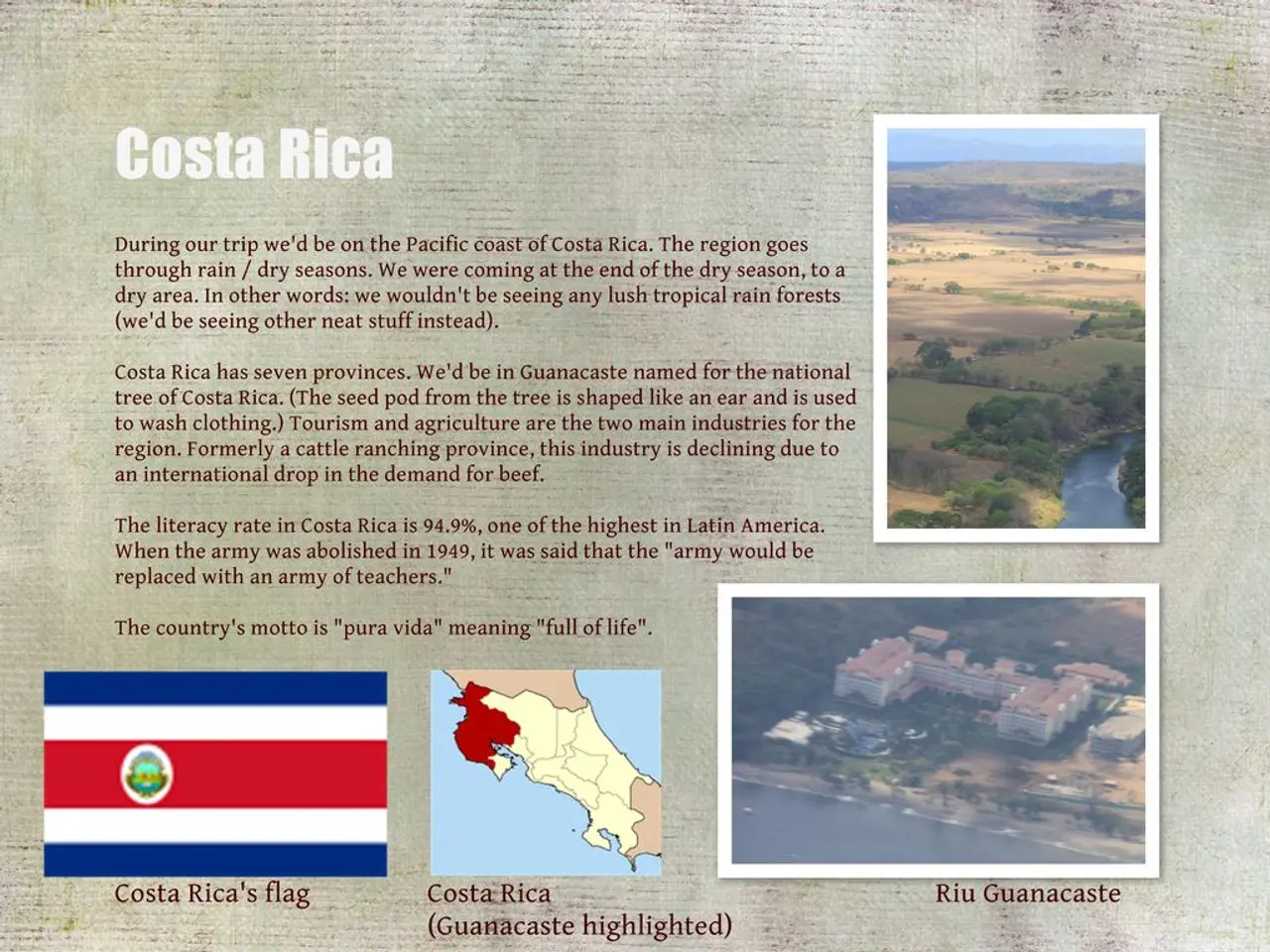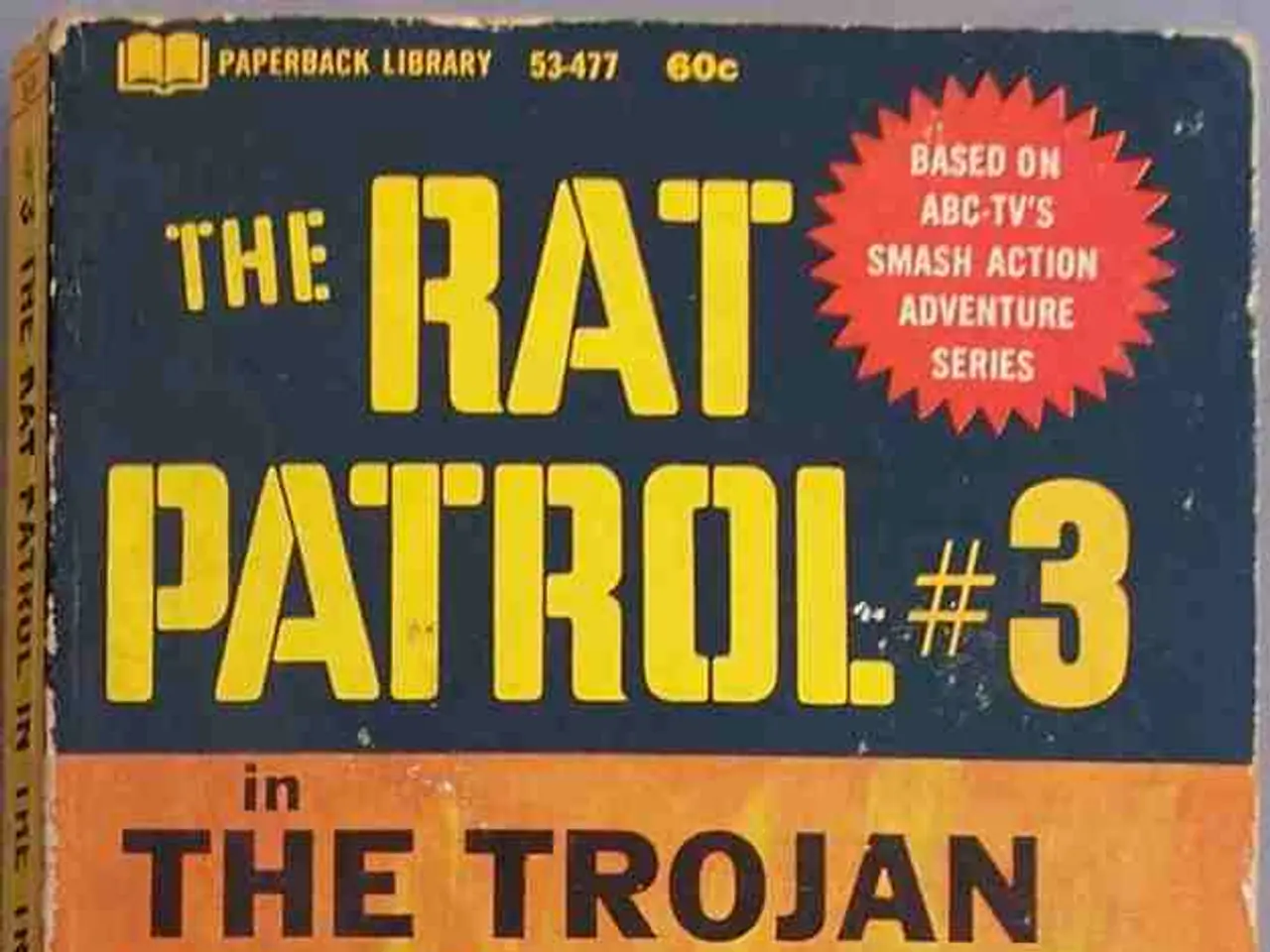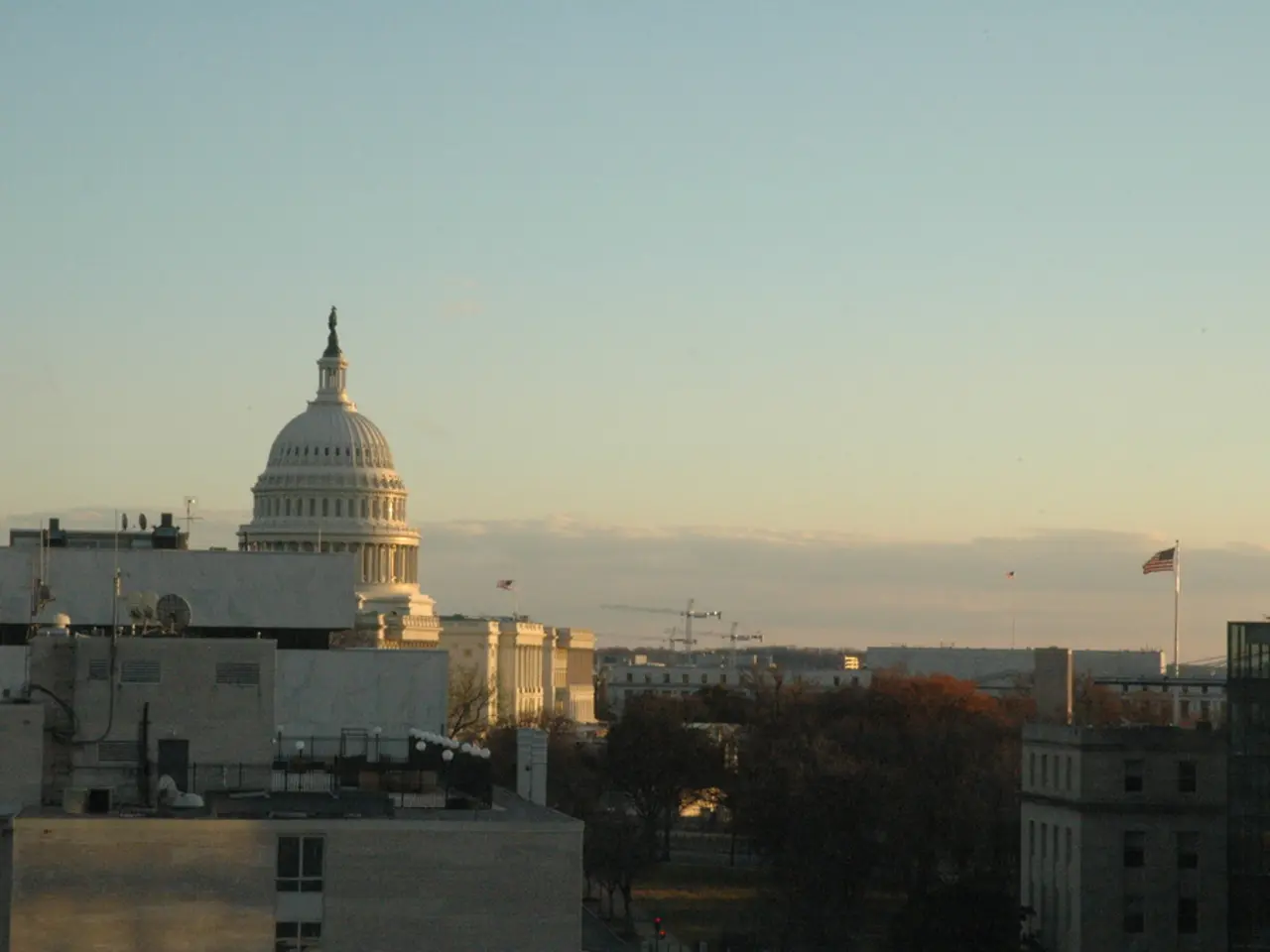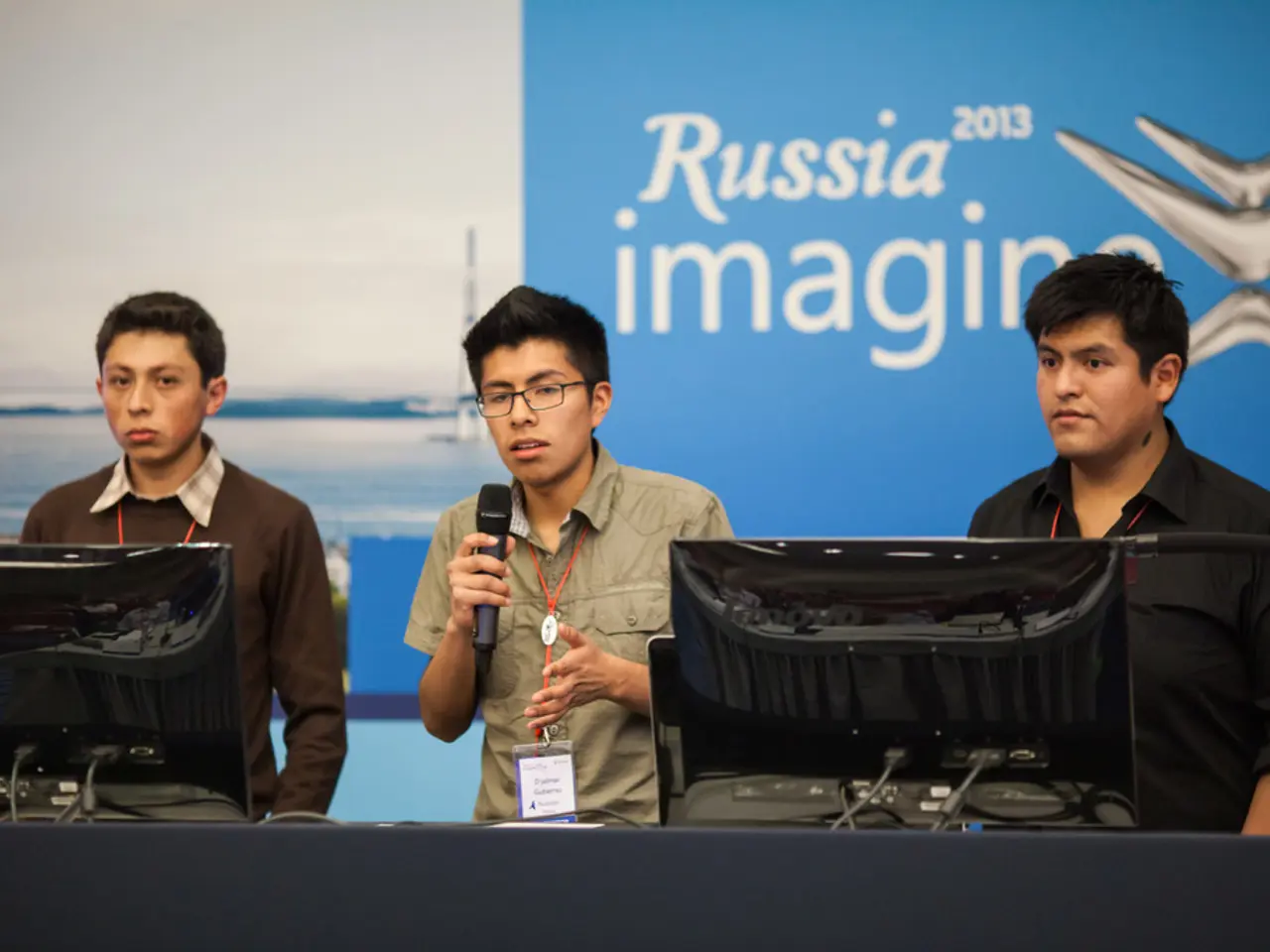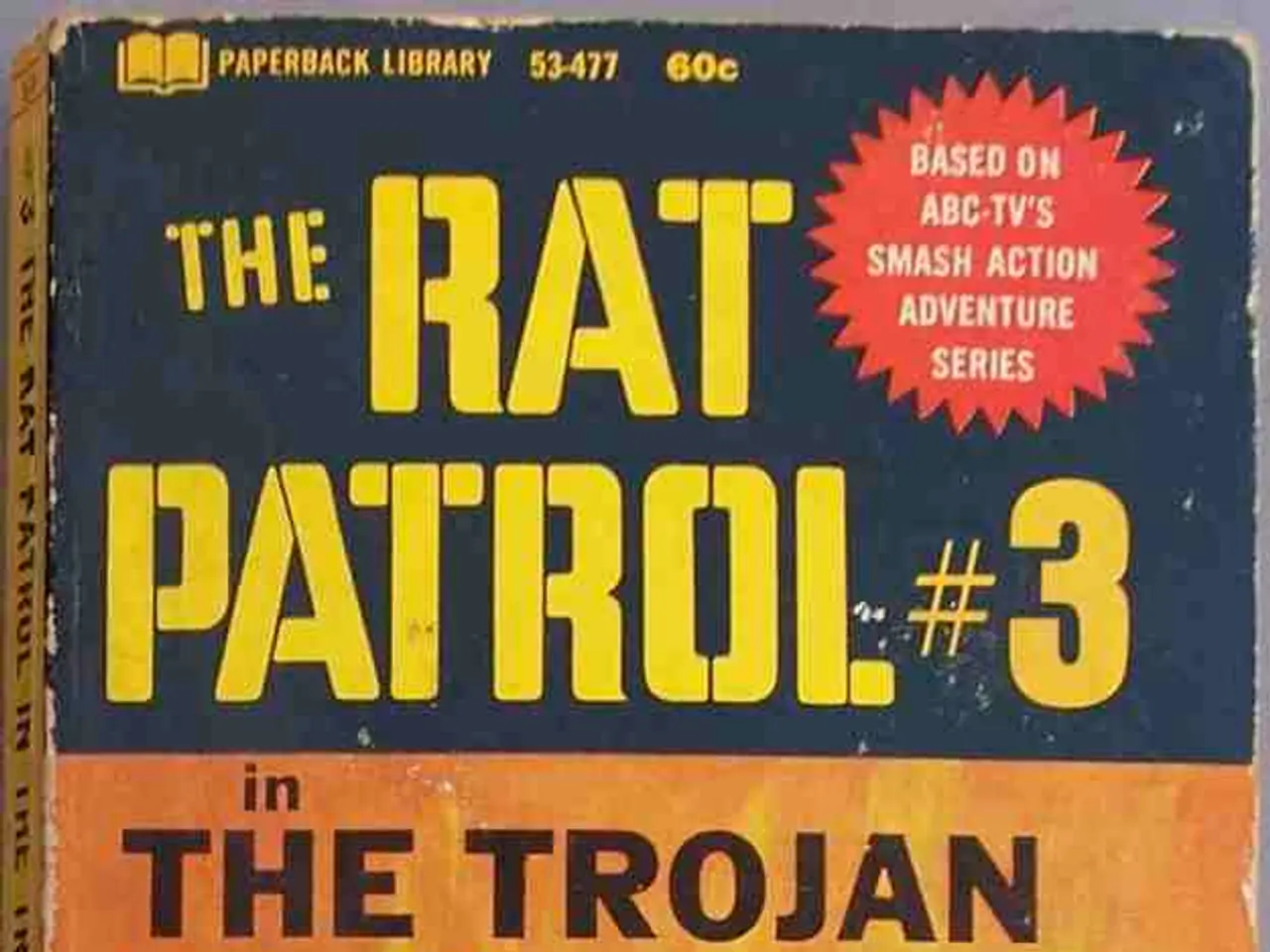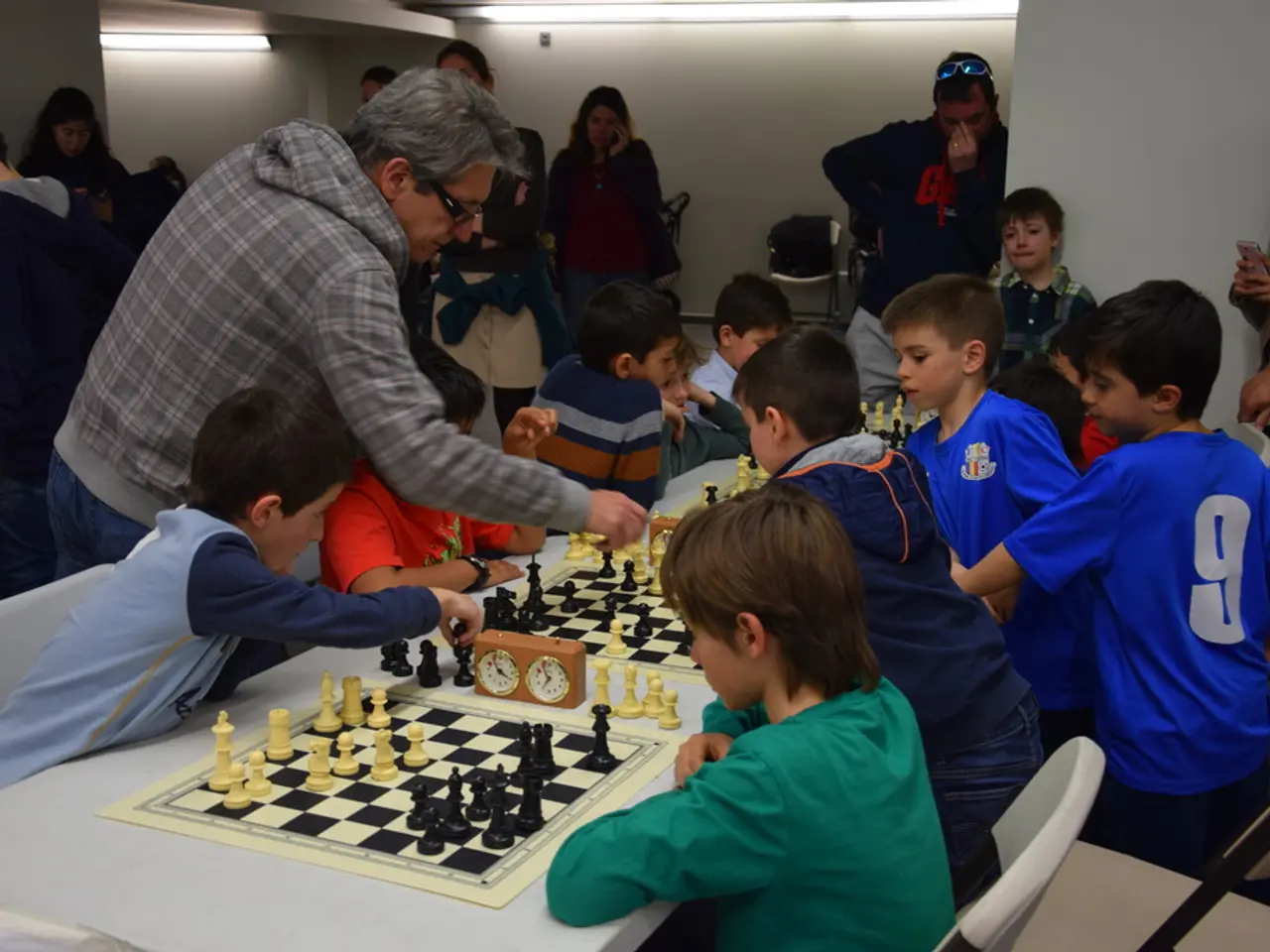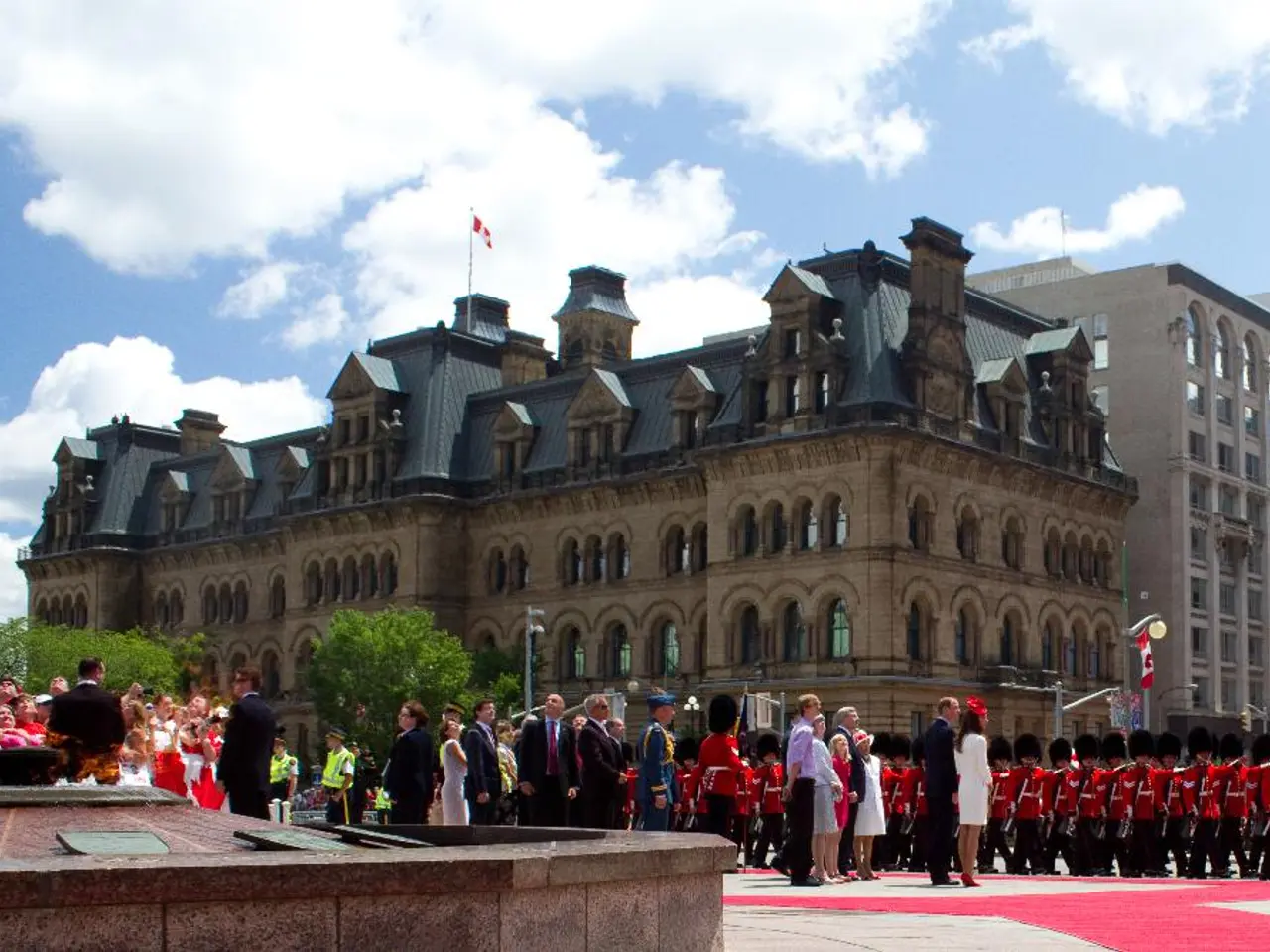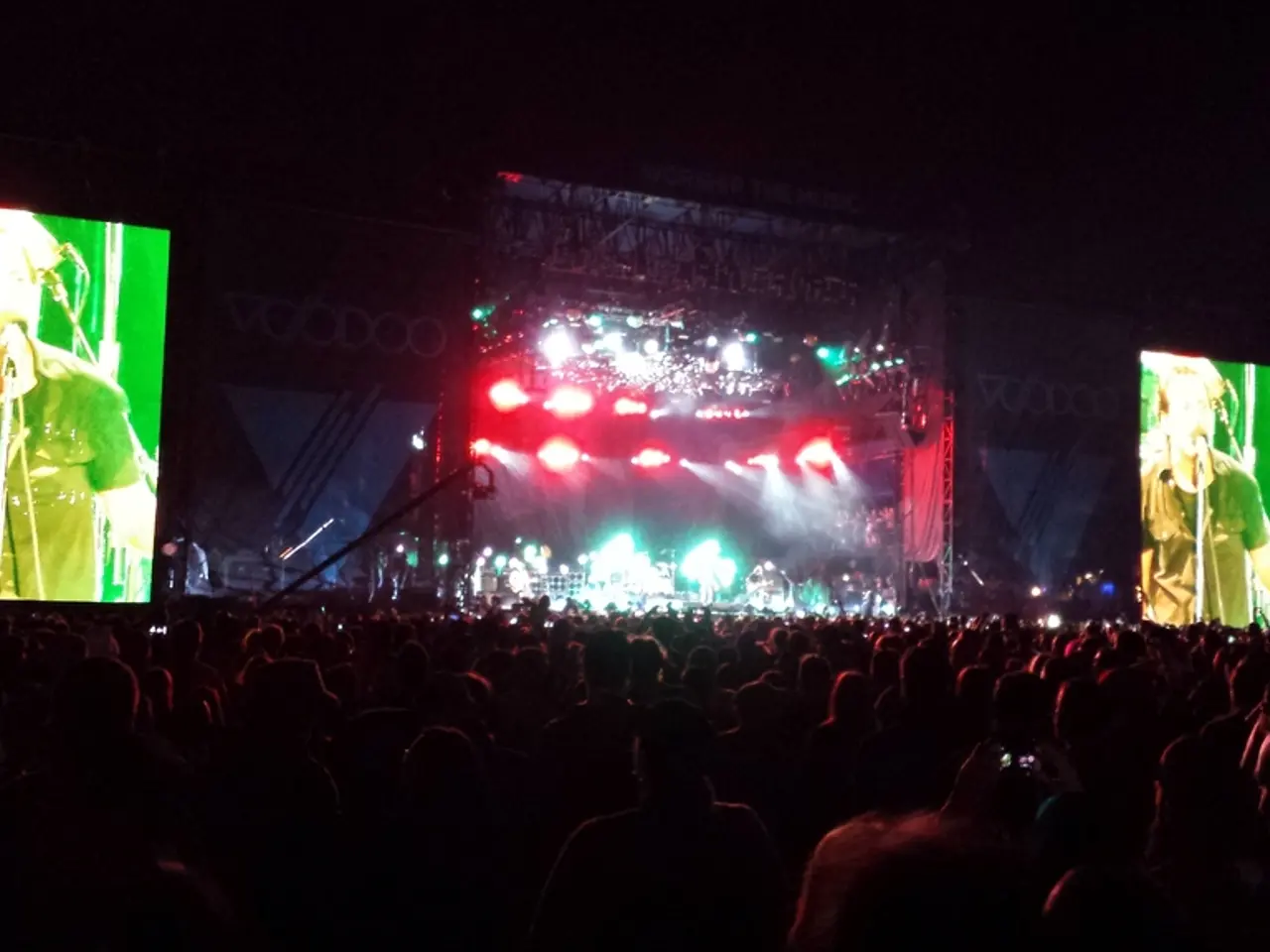Uncovering Archaeological Insights into the U.S. Empire's Past in Panama
The Panama Canal Zone, governed as an "American appendage" for nearly a century, profoundly impacted the region's archaeological sites during its operation from 1904 to 1979. This period saw significant environmental and social transformations, often disregarding local and indigenous heritage.
During the construction and control of the Canal Zone, many artifacts were removed and taken back to American museums, contributing to a cultural dispossession of Panama. One such instance is the ancient cemetery at Playa Venado beach, accidentally discovered by the U.S. Navy in 1948.
Karl P. Curtis, a canal zone resident, sought permission to excavate Playa Venado from John Alden Mason, an archaeologist. While Mason provided a letter of recommendation, he did so with reservations due to Curtis' lack of professional training.
The subsequent excavations at Playa Venado fueled a racist narrative about ancient Panamanians, with many concluding that the individuals buried there had been brutally assassinated and sacrificed. However, a study in 2018 revealed that this interpretation was not supported by evidence, and it appears that instead of dying from violent deaths, the people buried at Playa Venado received careful attention.
The imperialist control extended beyond the extraction and removal of artifacts. American cartographers rewrote history, drawing maps of the canal zone filled with forests instead of the debris of razed cities. The Panama Canal Act, signed by President William Howard Taft in 1912, required cities within the zone to be razed.
The United States' control of territories beyond its borders, often referred to as "the expanded United States," is closely associated with the appropriation of Panamanian heritage during and after the Canal Zone era. This pattern of cultural imperialism was linked to the strategic and ideological goals of the Canal's construction and control.
The legacy of artifact removal and site disruption remains an ongoing subject of scholarly and activist attention. Recent archaeological projects are revisiting these sites to recover narratives often marginalized by previous imperialist histories, suggesting that the past continues to shape the present.
In 1979, the United States handed over the canal zone to Panama, and former Panamanian military leader Omar Torrijos declared, "I don't want to enter history, I want to enter the canal zone." However, the Trump administration's relaunching of an expansionist program and attempts to impose its version of history, as seen in the decree titled "Restoring Truth and Reason in American History," have sparked concerns about the future of Panama's cultural heritage.
In the summer of 2024, a researcher began studying correspondence between canal zone residents and archaeologists regarding the authorization process at Playa Venado, shedding light on the complex history of this contested site. As we continue to uncover the stories of the past, it is crucial to remember and respect the human stories behind U.S. imperialism in Panama.
- The removal of artifacts from Playa Venado, an ancient cemetery, and their transfer to American museums was a part of the general-news narrative of cultural dispossession during the administration of the Panama Canal Zone.
- The politics of the Panama Canal Zone era extended beyond the physical terrain, with American cartographers rewriting history to erase evidence of razed cities, further propagating a narrative of imperialist control and cultural appropriation.
